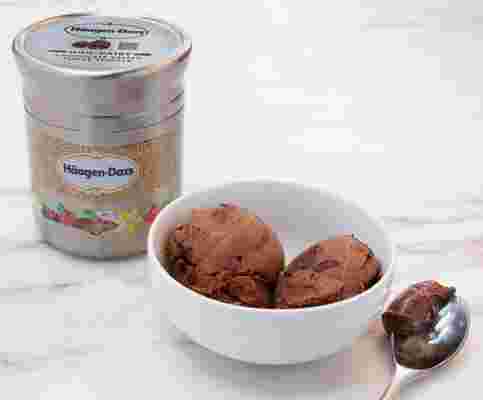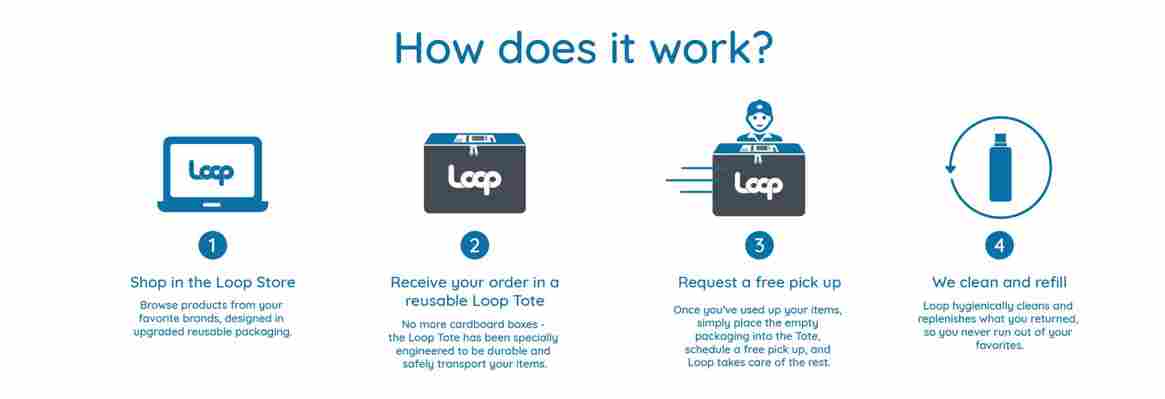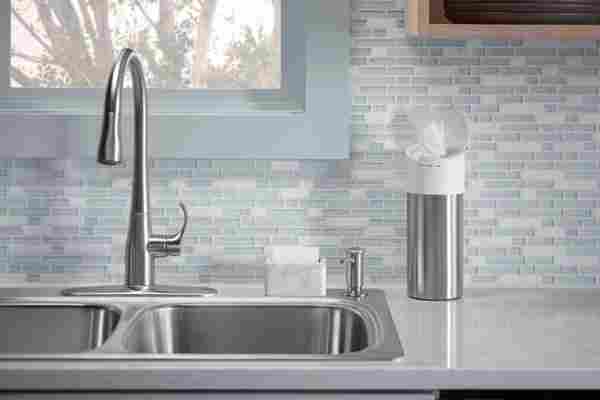December 21,2022
This New Consumer-Goods System Could Solve Recycling’s Failures
by David Stewart
At the World Economic Forum in Davos last week, the pioneering recycling company TerraCyle announced the launch of Loop , a new system of product packaging and delivery that focuses on reuse instead of recycling. Global brands partnering on the program include Procter & Gamble, Nestlé, PepsiCo, Unilever, Mars, Clorox, Coca-Cola, Mondelēz, Danone, and several smaller brands. A pilot program will launch this spring in the Paris and New York metropolitan regions (including parts of Pennsylvania and New Jersey), then roll out to several others toward the end of the year.

Ice cream from Loop packaging.
While sales and returns will be handled by TerraCycle, packaging remains the property of manufacturers. This innovative idea transfers responsibility of packaging at the end of its useful life from the consumer to the manufacturer. For manufacturers, that also requires rethinking the economics of packaging from price per unit to price per use, which encourages durability. Loop packaging is expected to last for about 100 uses.
In addition to remodeling business as usual, packaging design also had to be overhauled, of course. Instead of single-use plastics, packaging materials rely on glass, stainless steel, aluminum alloys, and durable engineered plastics. (“There's this war on plastic,” says Tom Szaky, CEO and founder of TerraCycle, “but it should be rebranded as a war on single use.”) The job of designers was threefold: to make packaging reusable, beautiful, and functional.

The 300 or so products available will include things like cereal, deodorant, shampoo, and toothbrushes. Häagen-Dazs ice cream, for example, will be packaged in a double-walled stainless-steel container that's not only attractive, but also keeps its contents cold for the duration of a dinner party, picnic, or Netflix-and-chill session. Oral-B's Click toothbrush, meanwhile, allows users to detach the head from the handle, reducing waste by 60 percent.
There are, of course, hurdles. The biggest hiccup in the system by far, according to life cycle analysis, would be if people don't send packaging back. TerraCycle hopes to motivate consumers with a required deposit. But with e-commerce increasingly on the rise, transportation raises another issue. If trucks are sent on one-way missions to retrieve packaging, the carbon footprint of the process is likely untenable; when trucks deliver goods and retrieve empties on the same trip, the footprint drops significantly. This issue would be further alleviated by getting Loop products onto brick-and-mortar retail shelves, which would allow shoppers to return packaging and get refills in one go.

Clorox cleaning wipes in Loop packaging.
Ultimately, design and logistical complications have had less to do with physical challenges and more with preconceived notions, says Szaky. In this new—or perhaps better said, renewed: Remember the milkman?—concept of lasting design, manufacturers and buyers alike must learn to accept the minor dings and scratches that will undoubtedly appear on product packaging. “The most difficult design challenge is getting people out of disposability mind-set and into a reuse mind-set,” Szaky says. “We need to teach aging as a virtue.”






